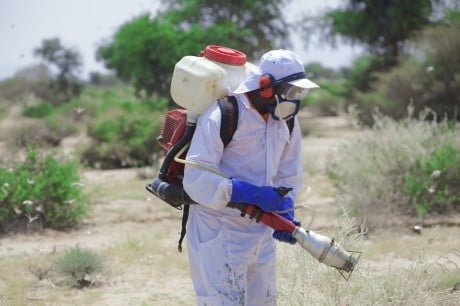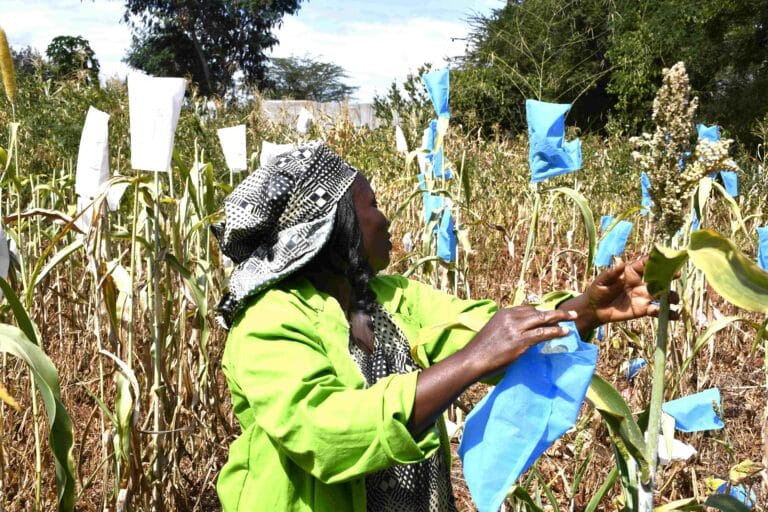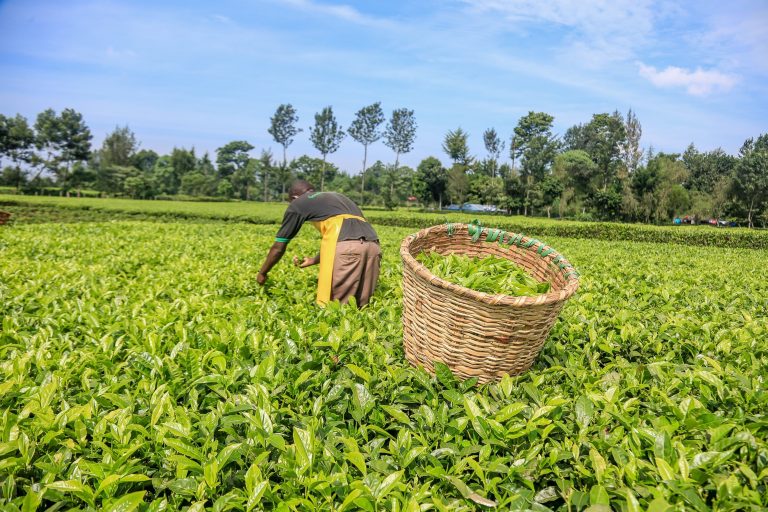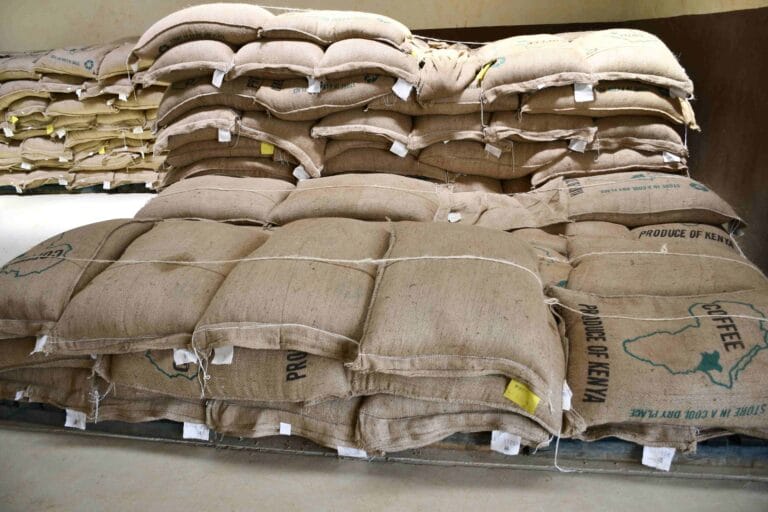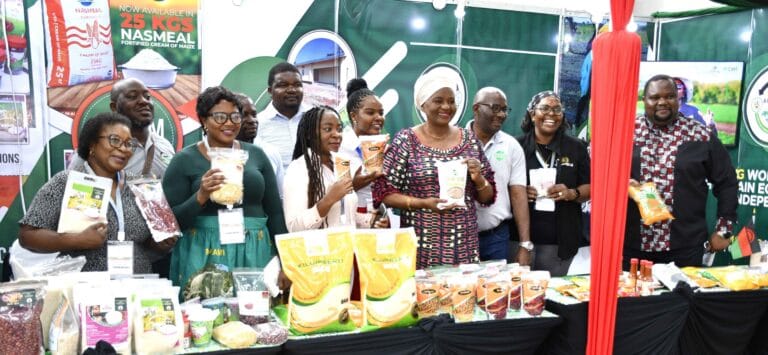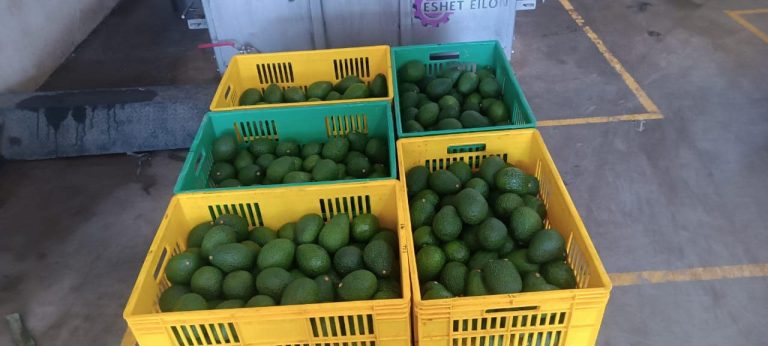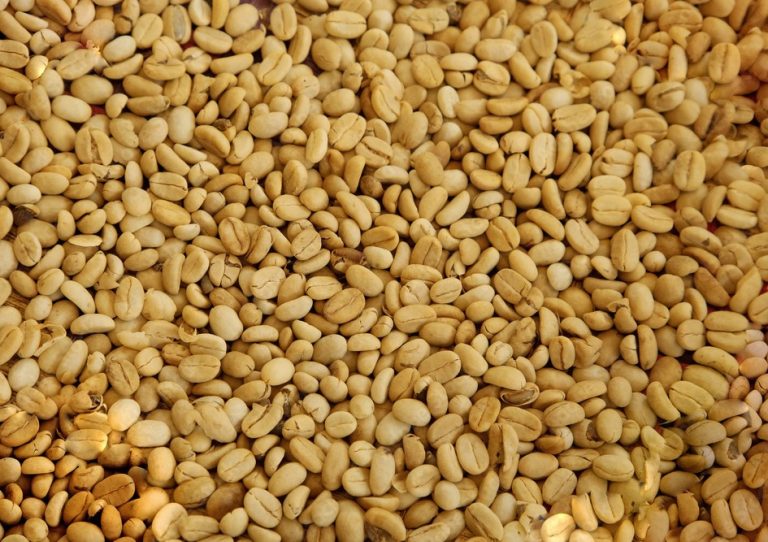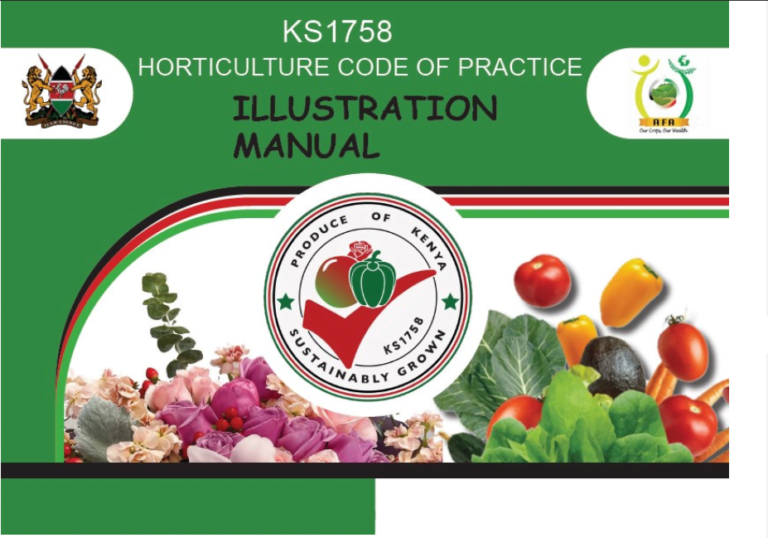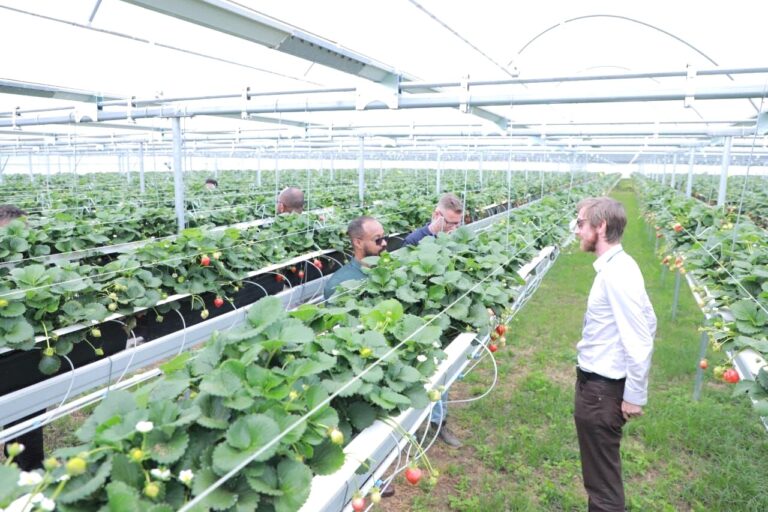By Henry Kinyua
Who is at the highest risk of exposure from pesticides? This is a question often asked especially by farmers. The answer is:
- Those handling chemicals in their concentrated form.
- Spray operators.
- Workers working on sprayed land.
- Environment eg bees and aquatic life.
- Consumers
There was a concern of pesticides misuse within European Union (EU) member states and as a result, they came up with regulations which ensured that those handling pesticides (e.g. manufacturers, transporters and stores keepers) would use them appropriately. To check that Good Agricultural Practices (GAPs) were followed, pesticides manufacturers were asked to provide fresh data including maximum residual levels for their products that would be found in the target crop after the elapse of the Pre-Harvest Intervals (PHI) indicated on the label.
These Maximum Residue Levels (MRLs) were not, therefore, safety measures but measures to ensure that those who exceeded them were deemed not to have followed the good agricultural practices. This is what some food safety activists are now using as a measure for food safety. However, in setting the Maximum Residue Levels, the life expectancy and the dietary habits were put into consideration as well.

But the main driving force towards many EU regulations, especially those dealing with safe use, was to protect the above-mentioned categories
Eating food that has exceeded Maximum Residue Levels isn’t in itself a health issue.
Now let me make something clear here. You can’t exceed Maximum Residue Levels through normal spraying where label instructions are followed. Reason?
We have a customer who reduced the normal Maximum Residue Levels by 33%. The exporter was worried and wanted us to apply a 50% dosage which I objected to.
We sprayed normally and allowed the normal pre-harvest intervals to elapse and the active ingredients detected were very low.
These days, we spray normally and our produce always pass.
In Kenya, the training of spray service providers has played a great role in reducing the risks of pesticide harm. The training of the spray service providers is a project by the Agrochemical Association of Kenya (AAK) to ensure there is a proper use of pesticides in the country at the same time enabling farmers to get rid of pests effectively. The training is free and the aim is to make sure there is proper spraying in terms of dosage, timing and also spraying techniques. The other objective of the project is providing local youth with employment and provide them with entrepreneurial skills to run the business. They target mostly the youth but they train people up to 45 years of age which is the maximum age. They are given practical training around spraying, safety, how to calibrate knapsack sprayers, how to handle pesticides, how to dispose and how to optimize the crop protection products. They are then accredited after the training under an accreditation system which valid for two years. After two years they are assessed and those who pass are retained them and re-accredited. The AAK has a database of all the accredited spray service providers and their names and contacts can be found on their website.



